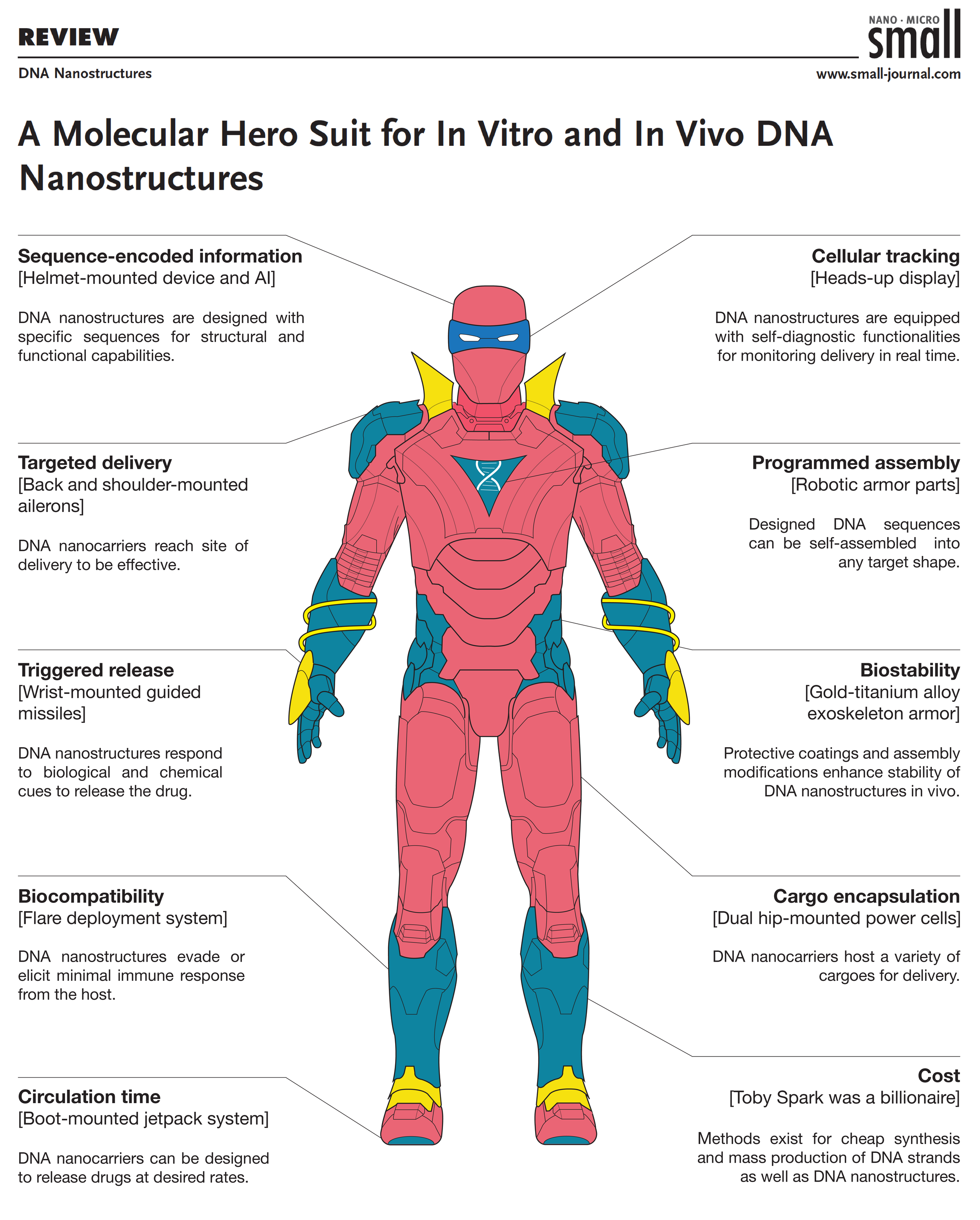Science has featured in pop-culture so much, it's now time to return the favor.
We make references to popular culture (pop-culture) in our everyday lives. Be it movie quotes, scenes from TV shows (who doesn't know Friends) or our favorite music album. As scientists, we can also use some pop-culture references when it comes to connecting with the general audience when we share our scientific findings. There are many popular science magazines and online media that break down the technicalities of research and present it to the everyday reader. Some still like to read directly from a technical research paper. This group could include people who are curious about science or your fellow scientists who work in an entirely different field. Using pop-culture references might help break the ice, or at least hook your non-expert audience into reading your research paper and know what it's all about.
Making your research connection to the reader is important not only in popular science articles but also in technical research papers. Educational groups have seen that the use of pop-culture in STEM teaching can be valuable. As researchers, we could test the waters to see if our fellow scientists like pop-culture references, if our non-expert (or even lay audience) appreciate our research more through these connections, or to simply make science more fun. If, as a researcher, you are concerned about how an editor or a journal would take pop-culture references in journal articles, here are some examples to motivate you.
1. Science fiction movies/books
In this review article on drug delivery applications of DNA nanotechnology, the drug delivery carriers are compared to the 1966 movie The Fantastic Voyage (Isaac Asimov later wrote this screenplay as a book).
Image credit: Movie poster from IMDb.
2. Science references in TV shows
The X-Files is probably one of the most famous sci-fi series, and lead character Fox Mulder discusses futuristic science in many an episode. In Episode 9 of Season 6, he mentions “Nanotechnology” as a technological advance that existed only in theory at the time. This research paper on DNA devices uses that situation as a lead-in to current nanotechnology applications. They wanted to believe.
Image credit: Screenshots from the show when it was available on Netflix.
3. Connection to just any famous movie or book
Books like Lord of the Rings by JRR Tolkien, later made famous by the movies, are a wealth of pop-culture memes and scenarios. While the movies aren’t sci-fi, one can definitely use concepts from it — like this paper that compares Bilbo’s sword Sting to a sensor (the sword glows blue when it senses proximity of orcs).
Image credit: Reproduced from an article in Gizmodo.
4. Comic books
Light. Heat. Ice. Whatever other physical, chemical or biological aspect it is, we can find a character in comic books that has a related super power. Cyclops, the X-men commander, uses light radiation to control (mostly break) things. In this research paper, scientists use ultraviolet light to trigger DNA switches.
Image credit: Reddit.
5. Analogies analogies analogies
We can pick any character, concept or a situation from popular culture and make an analogy to scientific concepts. Like this figure in the journal Small that compares the features in a superhero suit to features that a proper drug delivery carrier should have.
Image credit: Figure 1 from article “A molecular hero suit for in vitro and in vivo DNA nanostructures”.
Know any other pop-culture references in scientific articles? Drop me a message to be included on the list!
Update: An opinion article on this topic is now published in the journal Matter.





